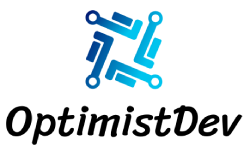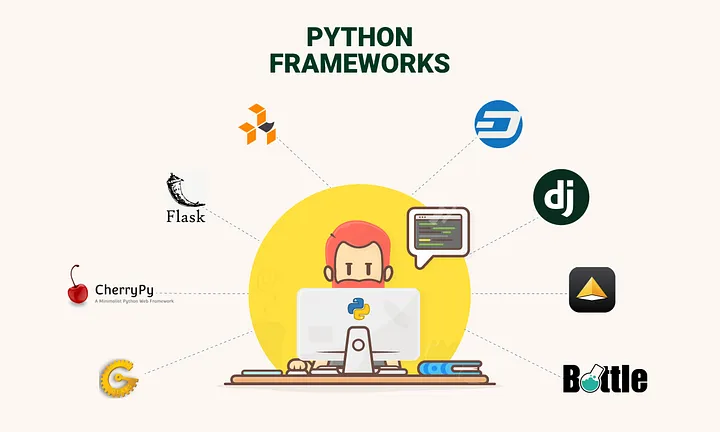Leading Python Frameworks for Building Web Solutions
In today’s rapidly evolving tech landscape, choosing the right Python framework for your web solutions is crucial. Python, being one of the most versatile programming languages, offers a variety of frameworks designed to streamline development. Here, we’ll explore the top Python frameworks for building web applications and development projects, ordered by their popularity and importance.
Seeking a Website Developer for your business. We’re here to seamlessly transition your business into the digital world with tailored expertise. Elevate your online presence with us
1. Django

Overview: Django is a high-level, open-source web framework that promotes rapid development and clean, pragmatic design. It’s known for being “batteries-included,” which means it comes with everything developers need to build robust applications right out of the box.
- Pros:
- Complete solution with built-in authentication, admin interface, and URL routing.
- High security and scalability.
- ORM (Object-Relational Mapping) for easy database interaction.
- Active community and excellent documentation.
- Cons:
- Steep learning curve for beginners.
- May feel “too heavy” for smaller applications.
- Monolithic structure makes it less flexible.
2. Flask

Overview: Flask is a micro-framework designed for simplicity and flexibility. It doesn’t come with many built-in features like Django, which makes it ideal for smaller applications or developers who prefer to hand-pick components.
- Pros:
- Lightweight and flexible.
- Easy to learn and get started with.
- Excellent for small to medium-sized applications.
- Extensible with various third-party libraries.
- Cons:
- Lack of built-in features like authentication and ORM.
- Can become unmanageable for larger applications due to its minimalistic nature.
3. Tornado

Overview: Tornado is a Python framework designed for handling asynchronous programming and high-performance web applications. It’s best suited for real-time web applications like chat apps or dashboards.
- Pros:
- Excellent for handling many open connections simultaneously.
- Non-blocking, event-driven I/O for high performance.
- Great for real-time apps like chat and dashboards.
- Cons:
- Complexity in handling asynchronous code.
- Limited ecosystem compared to frameworks like Django and Flask.
4. Pyramid
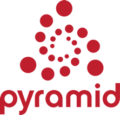
Overview: Pyramid is a flexible, open-source framework designed to scale both small and large applications. It offers the freedom to choose components while providing essential features.
- Pros:
- Versatile and adaptable for both small and large applications.
- Excellent security features.
- Flexible routing and authorization systems.
- Scalable architecture.
- Cons:
- Requires more manual configuration than frameworks like Django.
- Less popular, so the community is smaller.
5. TurboGears

Overview: TurboGears is a full-stack framework that offers flexibility for both micro and full-scale applications. It builds on top of established libraries and components such as SQLAlchemy and Genshi.
- Pros:
- Combines the best of micro and full-stack frameworks.
- Modular and flexible architecture.
- Built-in ORM and Ajax support.
- Encourages rapid development with minimal boilerplate.
- Cons:
- Steeper learning curve compared to simpler frameworks like Flask.
- Limited community support and fewer learning resources.
6. Bottle
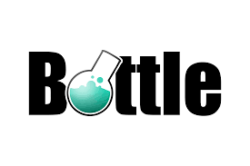
Overview: Bottle is another micro-framework that is simple and lightweight. It’s well-suited for small web applications or for serving static files and building APIs.
- Pros:
- Extremely lightweight (a single file framework).
- Ideal for building small-scale applications and APIs.
- Minimalistic and easy to set up.
- Cons:
- Limited features; requires extensive third-party modules for larger applications.
- Not ideal for complex web solutions.
7. CherryPy

Overview: CherryPy is an object-oriented framework that provides tools for building web applications in a way that’s similar to writing Python scripts. It allows developers to build web apps just like writing other object-oriented programs.
- Pros:
- Simple and developer-friendly.
- Can run on any operating system with Python installed.
- Suitable for small to medium-sized projects.
- Cons:
- Lacks advanced features compared to full-stack frameworks.
- Smaller community support.
8. Web2Py

Overview: Web2Py is a full-stack framework with a focus on ease of use and productivity. It requires no configuration files and follows a strict “batteries-included” philosophy similar to Django.
- Pros:
- Comes with a web-based interface for managing applications.
- Requires no installation or configuration.
- Includes built-in ticketing system for error management.
- Cons:
- Outdated in terms of development practices.
- Smaller community and slower updates.
9. BlueBream (Deprecated)
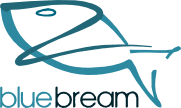
Overview: Formerly known as Zope3, BlueBream is a web framework known for its component architecture. However, it is now considered deprecated and not recommended for new projects.
10. Grok (Deprecated)

Overview: Grok was designed to bring ease and agility to the Zope framework. It simplified development with its “don’t repeat yourself” philosophy but has fallen out of favor and is no longer actively maintained.
Comparison Table of Top Python Frameworks
| Framework | Type | Pros | Cons | Best For |
|---|---|---|---|---|
| Django | Full-stack | Built-in features, security, scalability | Steep learning curve, monolithic structure | Large, complex web applications |
| Flask | Micro-framework | Lightweight, flexible, easy to learn | Limited built-in features, requires third-party extensions | Small to medium-sized projects |
| Tornado | Asynchronous | High-performance, excellent for real-time apps | Complex asynchronous code handling | Real-time web apps |
| Pyramid | Full-stack | Versatile, scalable, secure | Manual configuration required, smaller community | Both small and large applications |
| TurboGears | Full-stack | Modular, rapid development | Steep learning curve, limited community support | Medium to large applications |
| Bottle | Micro-framework | Extremely lightweight, simple | Limited features, not ideal for complex solutions | Small apps, APIs |
| CherryPy | Micro-framework | Object-oriented, simple, cross-platform | Lacks advanced features, smaller community | Small to medium-sized projects |
| Web2Py | Full-stack | No installation required, web-based IDE, includes ticketing system | Outdated practices, smaller community | Fast deployment of small apps |
Conclusion
Choosing the right framework depends on your project requirements. For large-scale applications requiring built-in features, Django is a great choice. For flexibility and minimalism, Flask is ideal. Tornado is excellent for real-time applications, while Pyramid and TurboGears strike a balance between scalability and versatility.
Before making a decision, weigh the pros and cons of each framework, keeping in mind your project scope, resources, and long-term needs. Python’s diverse ecosystem ensures that whether you’re building a small API or a large-scale application, there’s a framework perfectly suited for your needs.
